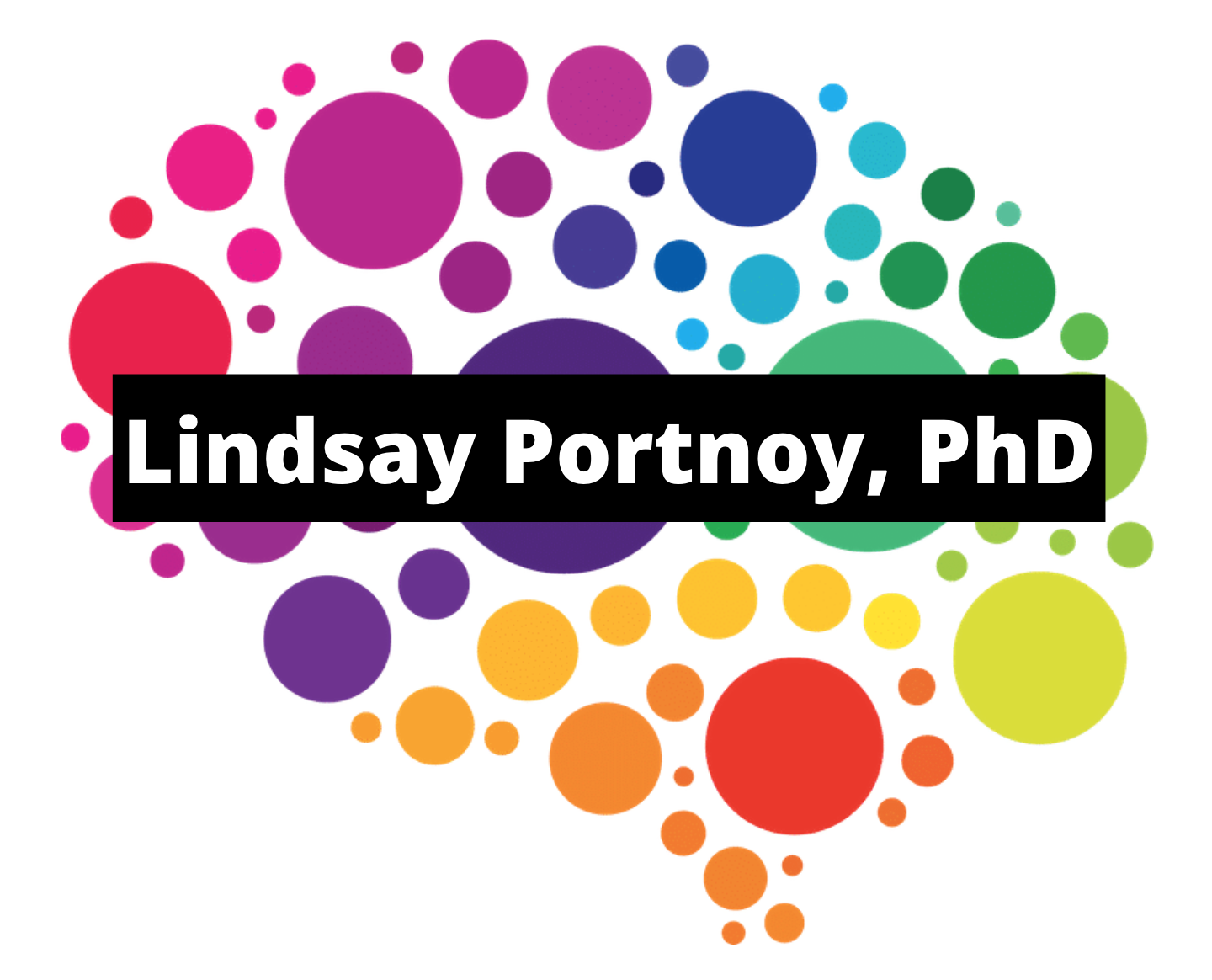In chapter two we dive into the most foundational piece of any learning experience: your learners!
Using the acronym HEARTS, I share my method for understanding our learners hearts before we can begin educating their heads.
Below is a sketchnote to use alongside the text. You could use it as a prompt when asking learners about lived experiences.
If you’d like a higher resolution copy to print and share in your classroom you can download a high quality version if you CLICK HERE.
When the book first launched I hosted a weekly twitterchat to discuss ways design thinking could transform classrooms across the globe. The results far exceeded my expectations.
I’m fairly certain the incredible conversations emerged as a result of the dynamic, passionate, and innovative educators with whom I’m connected in the twitterverse. You can find vestiges of the chat here and stay tuned for more fun news soon.
In the meantime, I thought I’d share the questions that sparked such incredible discussions with the awesome educators of twitter:
Q1: How can diverse student experiences be reflected in the design thinking classroom? How could you draw from HEARTS before heads to uncover diverse experiences?
Q2: How can students co-create their roles in the design thinking classroom, and how will you support them during this process?
Q3: When will students collaborate to seek out information and provide self- and peer-feedback during design thinking? How will you check in and provide support?
Q4: If student roles shift from passive to active in design thinking experiences, how do you imagine this will impact student voice and choice and classroom community?









